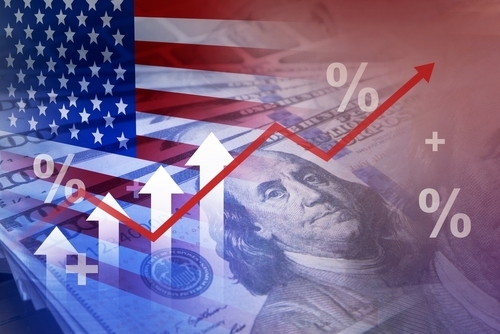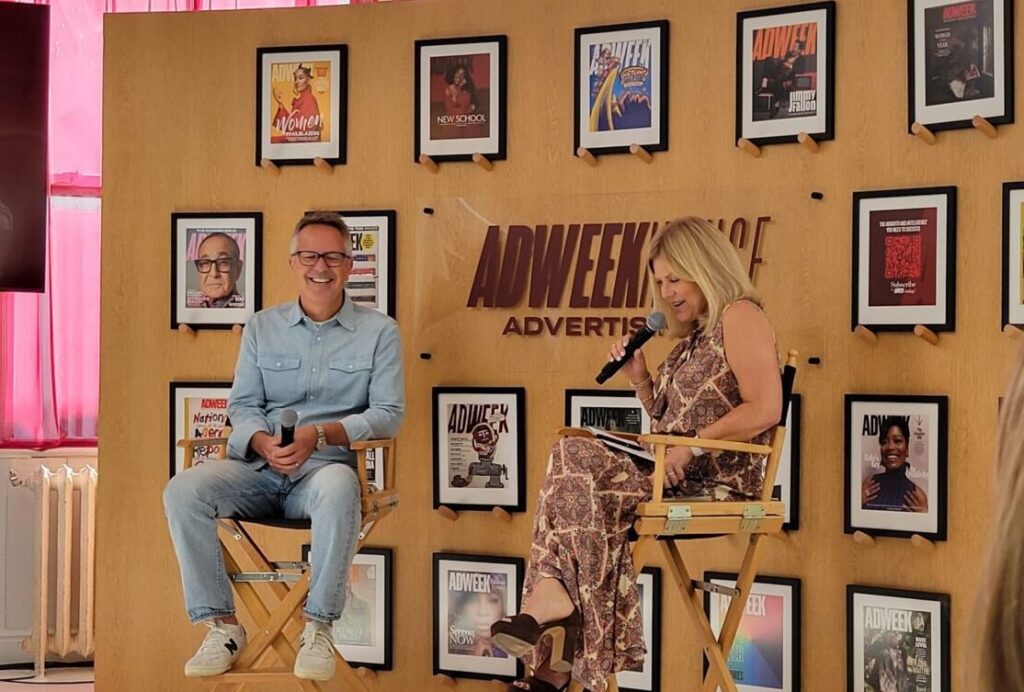Half a dozen major merchants — Fat Brain Toys, E.l.f., Topdrawer, Schmidt Brothers Cutlery, Swingline Staplers and The Honest Kitchen — share strategies on communicating their tariff woes and price increases.
The 2025 tariff headlines have kept retailers and shoppers alike on their toes, with taxes on imports going from high to higher, to paused, lowered and soon-to-be resumed.
Today, many merchants that import their goods are facing higher taxes than they were a year ago. The rollercoaster is still going but regardless of when it ends, merchants need to deal with the ramifications today.
A number of merchants have increased their prices on all or a portion of their products and are letting shoppes know about it — and why — on their website or through their own communication channels. Others are raising prices without a peep about it to shoppers.
There’s not a playbook on how to handle uncertain increases in costs of goods and how to message this to shoppers.
“Retailers should avoid the herd mentality and do what they believe is best for their businesses,” said Paula Rosenblum, co-founder and managing partner at retail consulting firm RSR Research. “As with everything else in retail. One size does not fit all.”
Below is how half a dozen major merchants — Fat Brain Toys, E.l.f., Topdrawer, Schmidt Brothers Cutlery, Swingline Staplers and The Honest Kitchen — are communicating their tariff woes and price increases to shoppers.
Fat Brain Toys – Loudly raising prices
The U.S. tariffs hit the toy category hard, as China (President Donald Trump’s initial tariff target) manufactures the large majority of U.S. toys. Fat Brain Toys is a mid-sized online toy brand that manufactures its own toys and sells hundreds of other toy brands. The majority of its revenue is from its own branded toys, which are all manufactured in China, said Mark Carson, CEO and co-founder of Fat Brain Toys.
To help mitigate the costs, Fat Brain Toys increased prices on about 85% of its products.
“In all of our scenarios, we’re not fully covering the costs of the tariffs that we’re paying. We’re really just trying to recoup some of that,” Carson said.
And the brand is loudly letting shoppers know about the increases and why. On its product detail pages and shopping cart page, the toy retailer specifically highlights the dollar amount increase of the product’s price because of the tariff.


“We’re not trying to be political with this,” Carson said. “It really is just a matter of trying to spell out why the price increase or what the price increase is attributed to.”
RSR’s Rosenblum is a fan of loudly raising prices, as it showcases transparency.
While the 145% increase for Chinese imports is no longer eminent, it’s still hard for Fat Brain Toys to know when and where the tariff rollercoaster will finish.
“It’s just that uncertainty is really, really difficult for us to make any long-term plans,” Carson said.
E.l.f. & Topdrawer – Targeted broadcast
Cosmetics brand E.l.f. and accessory brand Topdrawer are using their own channels to alert shoppers of price increases.
Topdrawer sources raw materials for its products from Japan, Europe and other countries. The brand emailed customers in its loyalty program explaining why the brand has increased prices.
“Tariffs, they are a part of reality of building a global brand today,” said Poonam Chitnis, vice president of operations and marketing executive. “Instead of chasing the lowest cost workaround, we chose to see it as a design constraint and opportunity to go deeper into what we stand for.”
The email read:
“While we’ve done everything we can to absorb the impact, some of our prices may reflect these changes going forward. At Topdrawer, we remain committed to offering thoughtfully made products, designed with care and built to last. We are actively working with our partners to minimize cost increases without compromising on quality, sustainability, or design.”
E.l.f. took to its Instagram channel with a lighthearted post using a casual tone and whimsical imagery.
“Not gonna lie, inflation and tariffs are hitting us hard … Bringing you the best of beauty is getting more $$$, so in August our prices will go up by $1. We’re keeping an eye on the tariff situation as it evolves.”
E.l.f. also highlighted in its post that 75% of its products are $10 and under.

The casual tone is perfect for E.l.f.’s brand, Rosenblum said. While making an announcement where its customers are — on Instagram — makes sense, the brand should have made an announcement on its website as well, she said.
“I like the way they did it, but I’m concerned that they should have also gone beyond Instagram. They should have used another media as well,” Rosenblum said. “I’m frankly disappointed that it’s not in some kind of box on the front page of their website.”
Schmidt Brothers Cutlery – Stealth increases and wait to communicate
Like many brands, Schmidt Brothers Cutlery raised some of its prices because of the tariffs, but is unsure if and how it should tell shoppers. A top concern is turning off shoppers from the brand, especially if it’s unnecessary and the tariffs will go away, co-founder Jordan Schmidt said.
“Brands and companies want consistency, and it’s hard to be consistent at the moment,” co-founder Jared Schmidt said. “Our opinion is to weather the storm to be consistent while they figure it out before we start rolling things out that are just going to be fluctuating.”
For brands like Schmidt Brothers that are not doing a blanket price increase, Rosenblum still recommends that brands are transparent about any tariff-driven price increase. Retailers should call out any increase on each product detail page.
“It’s important to dispel the idea that brands are doing this to improve profits,” she said.
For new products Schmidt Brothers plans to debut this year, the brand will likely bake in a 10% price increase because of the tariffs. This is a benefit to the brand, as the market will not have viewed this as a price increase, but just accept it as the starting price point, Jared Schmidt said.
Swingline Staplers & The Honest Kitchen – Highlight value
Because many retailers are raising prices, a number of brands are choosing to highlight how their products are a “good value.” Regardless if they are raising prices or not, retailers know that deals and value appeal to shoppers and a marketing message focused on that will land in these economic times.
“In times where consumer prices are increasing, some consumers will go for the lowest price option, but others are really searching for what is that best value for their limited dollars,” said Matt Smith, vice president, marketing and new product development at Acco Brands, which owns Swingline Staplers. We’re “highlighting the places where Swingline provides a superior value versus other options, so that we can earn the consumer’s dollars,” he said.
The Honest Kitchen, a premium pet food brand, sources most of its products within North America and has not felt a large impact from the tariffs, said Miki Dosen, chief marketing officer of The Honest Kitchen. That said, The Honest Kitchen knows that the tariffs are still impacting its consumer base. It has yet to shift its marketing message, but it is something it is monitoring, she said.
In fact, 73% of shoppers say they have changed brands or made fewer purchases recently because of higher prices, according to a survey of 1,000 U.S. adults in April conducted by ecommerce platform Vtex and market research firm Dynata. More than a quarter of shoppers say they have stress around spending, leading them to make fewer purchases or change brands.
While tariff news has calmed down since their peak in Q2, retailers still are grappling with uncertainty. Merchants should determine the best course of action for how they want to communicate to shoppers any price increases they are making, whether that’s only to their current customers, any potential customers or not at all.

 Network
Network

